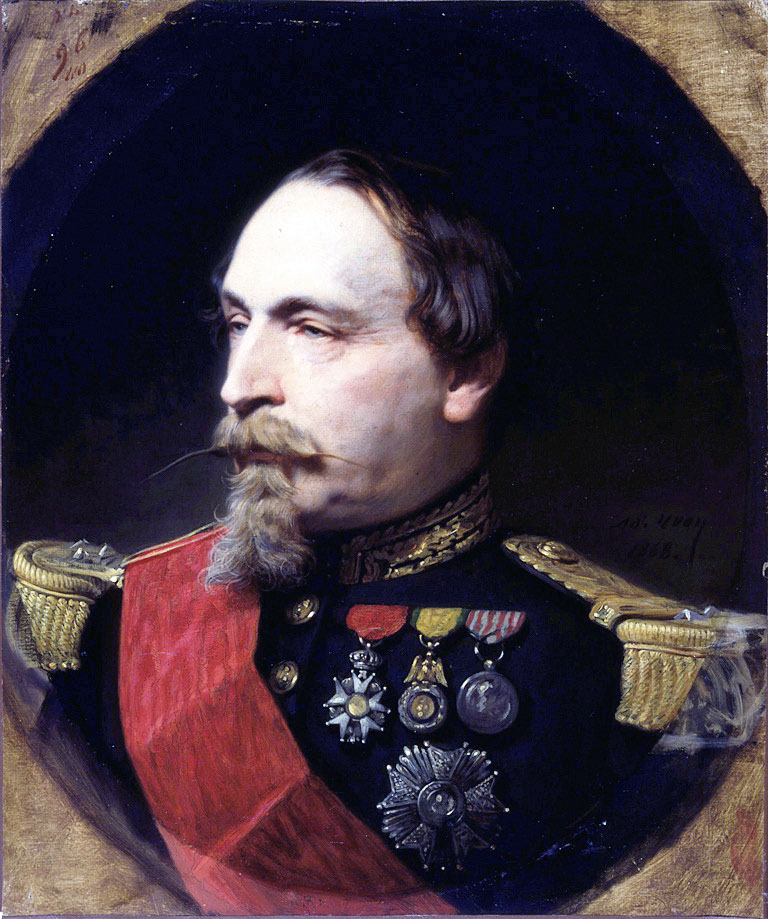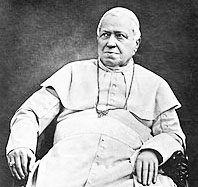
There was never any doubt that Rome would be the capital of a reunified Italy. Just as the Jewish people in exile longed for the city of David and Solomon (“Next year in Jerusalem!”) Italian patriots of the 19th Century dreamed of restoring Roman Italy. That dream came true on September 20th 1870.
This is a concept quite unfamiliar to rank and file Italian Americans and I dare say 90% of our educators. Italy was reassembled by Garibaldi, Mazzini, and Cavour, not newly created. Despite the fractured reality of city-states, Papal States, and the kingdoms of Savoy and the Two Sicilies; despite the divisive regional dialects and cultures, the template for a unified Italy had been preserved for 1,500 years after the barbarian invasions.
Dante during the Middle Ages and Machiavelli during the Renaissance both called for a reunification. By the 1800s the dream was getting close to reality, egged on by exiled patriots like Giuseppe Mazzini. The House of Savoy, which held the northern region of Piemonte and the island of Sardegna was a cunning player on the European scene. Its King Victor Emmanuel II and Prime Minister Count Camillo Benso di Cavour spoke French and cultivated a relationship with their powerful neighbor the Emperor of France. That emperor was Napoleon III, nephew of the late, great Napoleon Bonaparte. They all spoke French but all the DNA was Italian.

By 1859, with Napoleon’s help most of northern Italy came into possession of the House of Savoy. By 1861, Giuseppe Garibaldi had conquered southern Italy and Sicily, handing them over to Savoy. On March 17, 1861, the Kingdom of Italy was proclaimed. But Rome was still in the Pope’s hands.
The Swiss Guard wasn’t the problem. Napoleon was a Catholic and his loyalty to the Pope trumped his relationship to Savoy. French troops were guarding Rome and the Lazio region. The capital of the “new” Italy was Turin then Florence but not Rome—the dream not yet fulfilled.
As luck would have it, Napoleon miscalculated and started a war with Prussia, a militant German region, in 1870. By August, France was on the ropes and needed to recall the French troops from Rome. By September 19th Italian shock troops (the famed Bersaglieri) overcame the Papal troops and took Rome. That day, Pope Pius IX lost his city and central Italy. The next day, Rome was declared the capital of Italy after 1,500 years. The gods of Rome must have had their revenge on the Christian Pope, for the victory came within days of the September birthday of Emperor Caesar Augustus.
It had taken the House of Savoy a scant 12 years (1859 – 1870) to put the Italian puzzle back together again. It would be another 59 years until the Pope recognized the restored Italy with the signing of the Lateran Accords in February 1929, one of Mussolini’s positive accomplishments. It was the treaty that created Vatican City.
This whole story is quite amazing – how the force of destiny, diplomacy, ethnic ties, and plain luck brought Italy back to life. It certainly rivals the complex story of how the City on Seven Hills first unified Italy and then shaped the Western World.
How many Italian Americans appreciate, or even know, what wonders they are heirs to? -JLM

As Italian Americans we like our history lessons “light”, yet as you point out this really great summary about the founding of the Italian state, is one of the more fascinating parts of Italian History. There are some spinoffs on this history even in faraway California. Many 49ers were Italian immigrants, especially from Liguria. They were infused with a patriotic leaning for a united nation, and resulted in, of course, a head on confrontation with the Pope and the Papal States. These Italian 49ers, even “laundered” money to their colleagues in Italy for the cause of Italian unification, in much the same way as the Irish-American immigrants supported Irish independence from England. The monies were laundered through, of all institutions, Italian Masonic lodges, (there were as far as I know two major lodges in SF). Tensions between the church and the immigrants were so high, that many immigrants did not want to be buried at a Catholic cemetery, hence as far as I know, they built an Italian National Cemetery. Likewise, if the church found out you were a Mason and donated to Italian unification you were not going to be buried in “sacred ground”, so it was a mutually exclusionary feeling. Somehow bygones became bygones, and while the Italian National Cemetery still exist, Mass is said on the premises. Still these long-gone 49ers had an interesting role in the march towards Italian unification. The motherload area, of California, still has a sizable much assimilated Italian American community, many now good Catholics who perhaps don’t want to know too much about their revolutionary forebears……it’s just not politically correct.